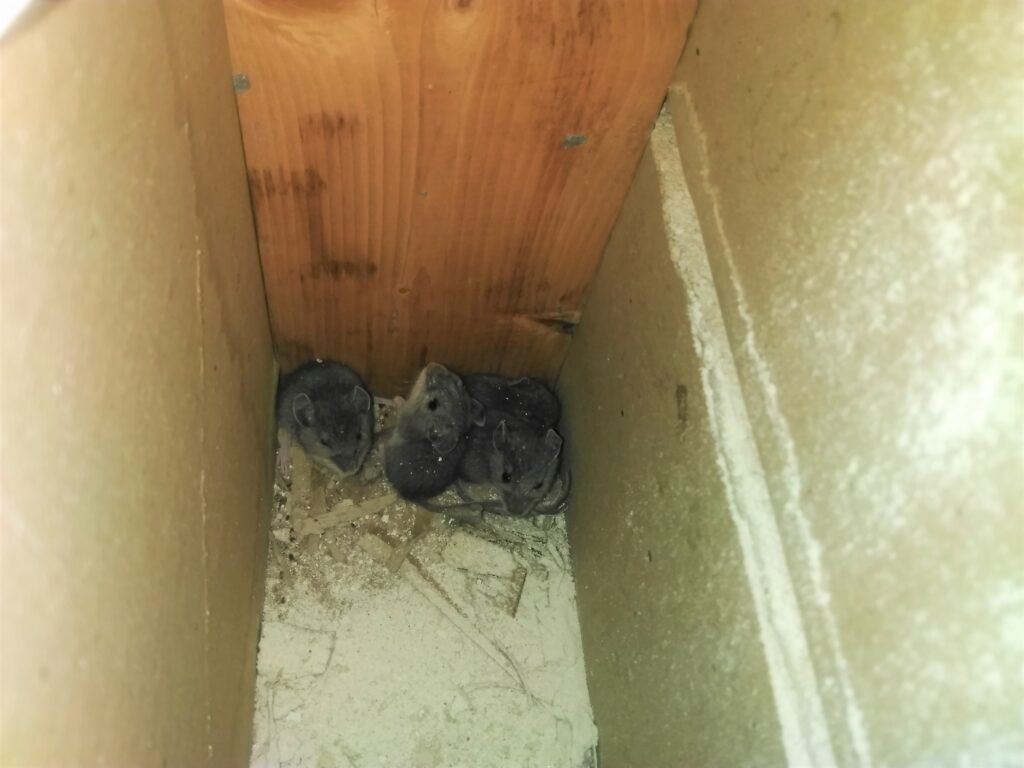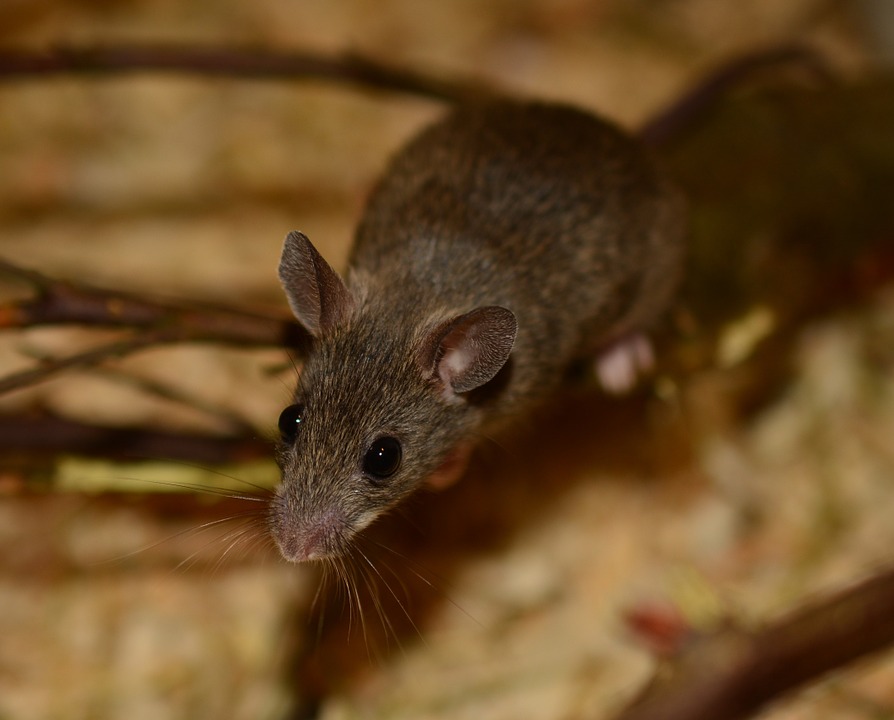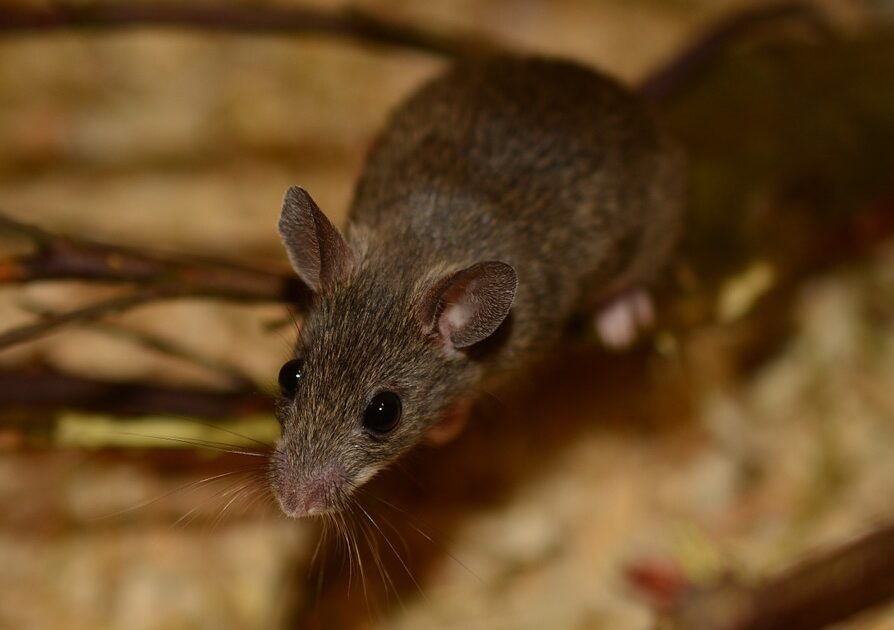Most people agree that their house is not an appropriate place for mice to wait out the colder months. Do you ever wonder, though, where mice live when they don’t have help from humans? The mouse’s choice of habitat can vary greatly, ranging from subterranean burrows to treetop nests. Consider a few key questions that may illuminate the lifestyle of these little furry creatures and help you avoid sharing your space with them.
Can Mice Live in Trees?
Many people may be surprised to learn that mice can, in fact, thrive in trees. Two species, the deer mouse and the dormouse are known for their tree-summiting capabilities. These furry climbers have a relatively long tail, which may be foundational to their skillset. They can use their tail to offset their body weight in order to balance themselves effectively. Additionally, the roughness of bark provides an ideal surface for mice to scurry their weight up a tree.
Although mice sometimes recycle nests left behind by other animals, they can also make their own nests high above the ground. Hollow areas in trees also make suitable nesting sites.
Where Else Do Mice Live?
The mice that homeowners most frequently come across in Montreal are not tree climbers. Instead, the common house mouse and field mouse like to settle down in underground burrows or within the foliage of bushes. Though these animals are able to ascend trees, they generally do not make their home there. These are the mice, therefore, that are most likely to sneak into your home in search of food or warmth.

Is Your Home at Risk for an Infestation?
There are a handful of factors that may increase your chances of gaining unwanted furry houseguests. For one thing, houses built beside farmland or undeveloped brushland may be exposed to greater numbers of rodents. Similarly, mice may target your home if there are tree branches against your siding that offer easy access to various locations throughout your building.
In general, mice like living near humans because these areas often offer food and heat. Though there may not be much you can do about the matter, you can limit rodents’ access to food. Make sure to sweep up crumbs off your kitchen floor regularly and store food in airtight containers. Though some mice can live on very little water, it is also best to eliminate water sources such as leaking pipes and dripping faucets.
What Are Common Signs of an Infestation?
There are a few things you can keep an eye out for to identify a possible mouse infestation as soon as it starts. For one, check your floors for signs of footprints and tail prints. You may find these along walls where the critters run at night. Additionally, note whether any of your packaged food has been chewed open in small areas. Finally, mice are notorious for leaving copious amounts of droppings in their wake, as well as a lingering smell of ammonia. These are sure indicators of an infestation.
What Should You Do If You Suspect Mice Are in Your Home?
If you have noticed one or more signs that suggest you are sharing your space with mice, it’s important to act promptly. After all, mice can cause a great deal of damage to your furniture, walls, electrical cords, and flooring. On top of that, some of these critters carry dangerous diseases. To make sure each and every furry intruder leaves your property, be sure to reach out for professional help.
At your local Skedaddle Humane Wildlife Control, we handle mice control in Montreal systematically. You can count on us to safely remove the mice, clean up the mess, and put preventative measures into place so you don’t experience a reoccurrence of the problem. Visit us online or give us a call today.




